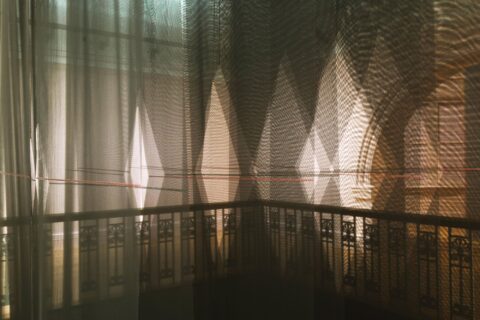soundcloudKo au te awa, ko te awa ko au. I am the river, and the river is me. Māori proverbs reveal a poetic relationship with the land and how we should care for it, shares Stacey.
This kōrero, originating from Whanganui, is at the heart of the iwi from that area, and speaks to how the river has always sustained them, inspired them and been part of them. The Whanganui River is now recognised with legal personhood and, as Whanganui kaumātua John Maihi told The Guardian, “This river is our river. It is all of ours, and how we look after it belongs to all of us.”
This kōrero has become widely repeated because it resonates in so many ways and in many situations. If we consider the awa, the river, part of us, we will understand that looking after the taiao (environment) is also self-care. In looking after it, we are ultimately looking after ourselves. If we can consider an awa as a person, we will remember we also need to listen to it, even if the language of the taiao communicates in different ways.
The awa speaks to us in the way it flows or doesn’t, in its state of health, in the koiora (life, organisms) that thrive or struggle to survive in it. As we listen carefully to awa, to maunga (mountains), roto (lakes), ngahere (forests), we can hear that we’ve not created a healthy relationship when we have used and abused and not sustained these areas of the taiao.
Kaitiakitanga (guardianship) is a commonly used word that carries huge responsibility. True kaitiaki (guardians) will think and act for the generations ahead, not just the needs of people today. They will invest in the sustenance and health of Papatūānuku.
Many whakataukī (proverbs) remind us of how we are to regard the environment. Whatu ngarongaro te tangata, toitū te whenua – people fade away, but the land remains. I love how this whakataukī shows us that our tūpuna (ancestors) understood the comparatively short nature of human life, as compared to the whenua. It suggests that we should remember that as we tread on the earth.
Our reliance on whenua, and the importance of looking after it is expressed in this whakataukī: Te toto o te tangata he kai, te oranga o te tangata, he whenua, he oneone – a person’s blood is nourished by food, our wellbeing is drawn from the land and soils. It’s understandable that our tūpuna would be focused on soil quality, considering crops were so important for their survival, but their poetic way of expressing that blows me away.
Modern times have created new terms, and te reo Māori translations to match, such as hangarua (recycling), tapuwae waro (carbon footprint), pōpopo (biodegradable) and para kore (zero waste). The para kore movement (parakore.maori.nz) works with marae around the country with a vision for all to be para kore/zero waste by 2025, and their practices are already making change and diverting waste from landfill.
Their resources also give us terms and signage to use, including “Te Wehewehe Para – Sorting Our Waste”. This is a modern interpretation of what our marae have naturally done for a long time, considering how our actions can help care for the whenua that sustains us.








